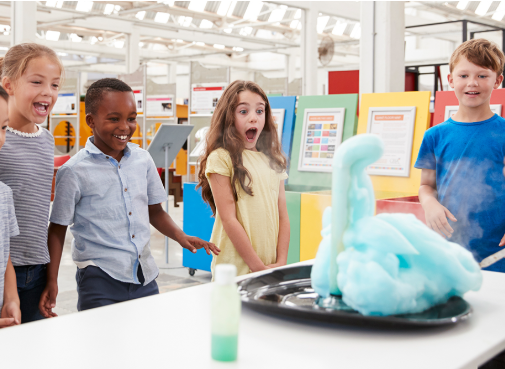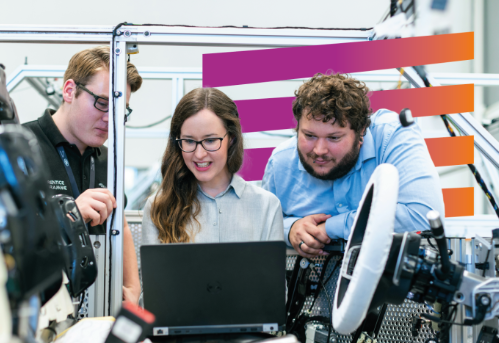A STEM career fair is a wonderful way to introduce students to the vast world of science, technology, engineering, and math-related professions. Whether you’re a teacher, counselor, or school administrator, this guide will walk you through the essential steps to organize a meaningful and exciting event that helps students explore future possibilities.
1. Set Clear Goals and Objectives
Before you start planning, define what you want the fair to achieve. Are you helping students connect with local professionals? Do you want them to learn about internships, scholarships, or educational pathways in STEM? Setting a clear purpose will guide your decisions throughout the planning process.
2. Choose the Right Date and Venue
Pick a date that avoids major exams or holidays. Host the fair in a space large enough to accommodate booths, displays, and student traffic—such as the school gym, multipurpose room, or even an outdoor courtyard (weather permitting).
3. Reach Out to STEM Professionals
Invite local companies, universities, research centers, and government agencies. Look for professionals from a variety of STEM fields—like robotics, healthcare, computer science, environmental science, and engineering. Encourage them to bring hands-on materials or interactive demos to engage students.
4. Promote the Event
Use flyers, school newsletters, announcements, and social media to spread the word. Include details such as the date, time, location, and a list of participating organizations. Get students involved by having them create posters or videos to promote the fair.
5. Prepare Students Ahead of Time
Give students an idea of what to expect. Provide questions they can ask professionals, such as:
What do you enjoy most about your job?
What education or skills do I need for this career?
What challenges have you faced in your field?
You might also organize pre-fair classroom activities or assign a STEM career research project.
6. Make It Interactive
Encourage exhibitors to bring models, simulations, or mini-experiments. Consider including:
A hands-on coding station
A 3D printing demonstration
Virtual reality (VR) career simulations
A panel discussion with STEM experts
Interactive activities make the fair more memorable and inspiring for students.
7. Include All Grade Levels
While older students might be preparing for college or technical programs, younger students benefit from early exposure to STEM role models. Consider setting up grade-appropriate zones or activities tailored for elementary, middle, and high school students.
8. Follow Up with Reflection Activities
After the fair, give students time to reflect. Have them write about their favorite booth, a career that interested them, or what they learned. This helps reinforce the experience and gives educators insight into students’ interests.
9. Evaluate and Improve
Collect feedback from students, educators, and exhibitors to see what worked and what could be improved. Use surveys or a suggestion box. Their input will help you plan an even better event in the future.
Conclusion
A well-organized STEM career fair can spark curiosity and open doors to future career paths. By connecting students with real-world professionals and interactive learning, you’re giving them a meaningful experience that could shape their educational journey. With thoughtful planning, collaboration, and creativity, your STEM fair can make a lasting impact.














